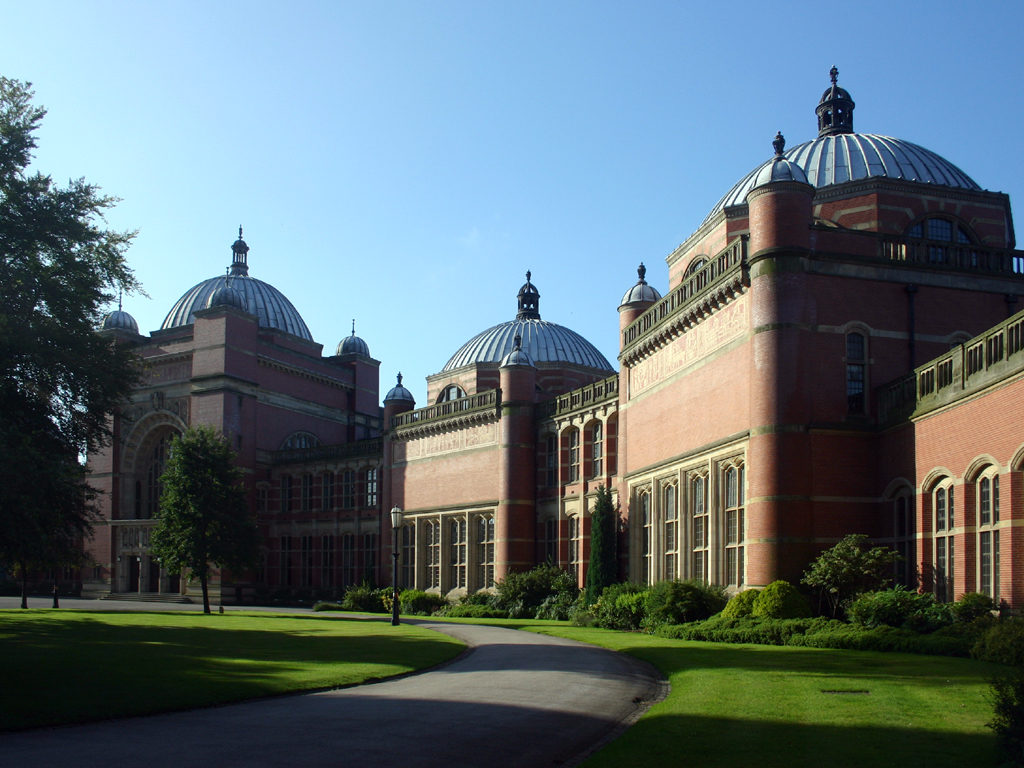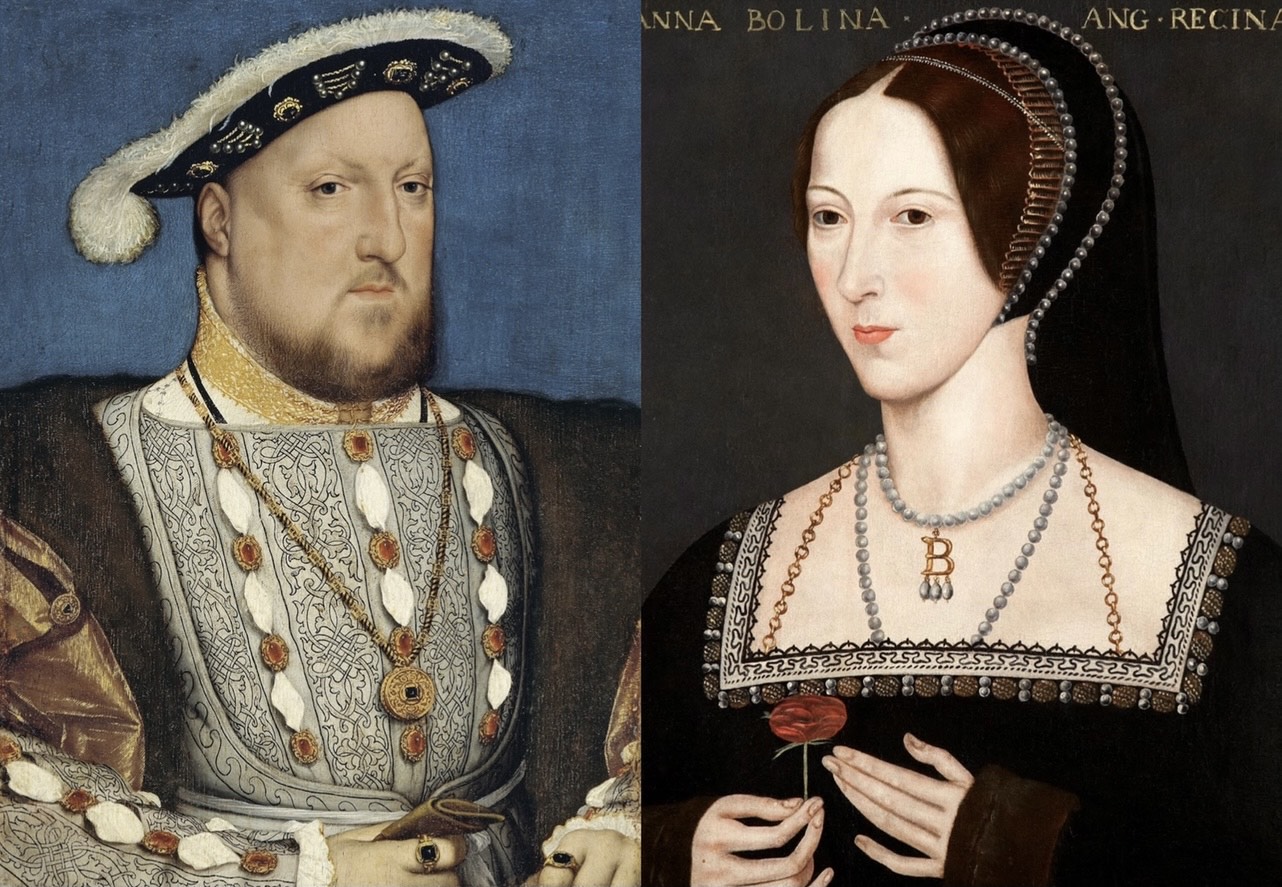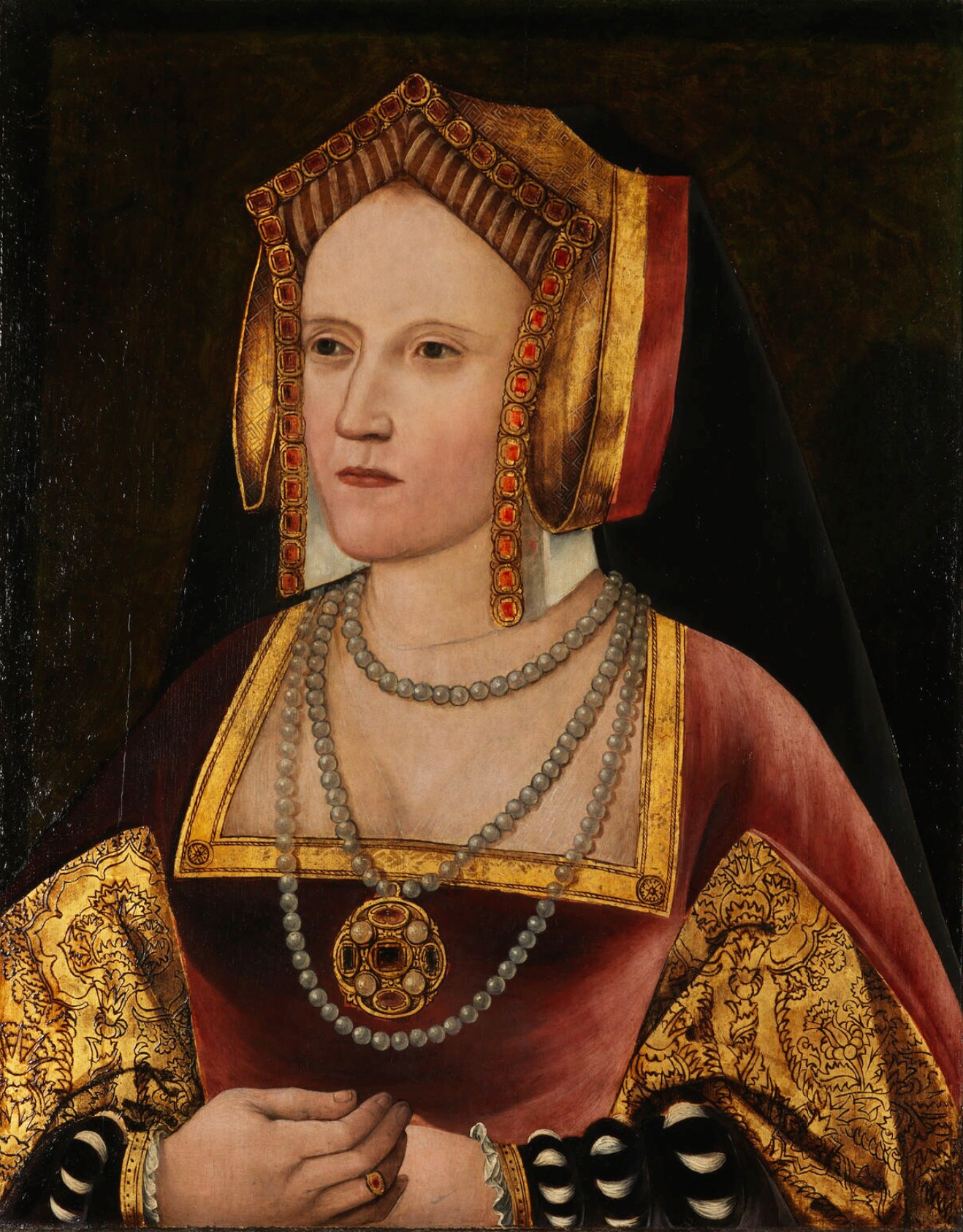|
Ansty Preceptory
Ansty Preceptory was a medieval monastic house in Wiltshire, England, founded by the Order of Knights of the Hospital of Saint John of Jerusalem. History A manor at Ansty was granted to the Knights Hospitallers by Walter De Turberville in 1210–1211. At that time Ansty would have been one of only a handful of places where the holy observances were still celebrated, since the Knights Hospitallers, who answered directly to Rome, were excluded from Pope Innocent III's interdict (1208–1214). The Hospitallers founded a preceptory in the parish. By 1275 they had property in Salisbury, and they later had lands in the adjacent parish of Swallowcliffe, undertaking in 1333 to provide a chaplain for the church there. Little is known of the later history of the preceptory. In 1540–1541, during the Dissolution of the Monasteries, the properties were granted to John Zouche. Queen Mary after her accession in 1553 restored the order in England and returned all its property, including ... [...More Info...] [...Related Items...] OR: [Wikipedia] [Google] [Baidu] |
Wiltshire
Wiltshire (; abbreviated Wilts) is a historic and ceremonial county in South West England with an area of . It is landlocked and borders the counties of Dorset to the southwest, Somerset to the west, Hampshire to the southeast, Gloucestershire to the north, Oxfordshire to the northeast and Berkshire to the east. The county town was originally Wilton, after which the county is named, but Wiltshire Council is now based in the county town of Trowbridge. Within the county's boundary are two unitary authority areas, Wiltshire and Swindon, governed respectively by Wiltshire Council and Swindon Borough Council. Wiltshire is characterised by its high downland and wide valleys. Salisbury Plain is noted for being the location of the Stonehenge and Avebury stone circles (which together are a UNESCO Cultural and World Heritage site) and other ancient landmarks, and as a training area for the British Army. The city of Salisbury is notable for its medieval cathedral. Swindon is ... [...More Info...] [...Related Items...] OR: [Wikipedia] [Google] [Baidu] |
John Zouche (died 1585)
John Zouche (c. 1515 – 30 May 1585), of Ansty, Wiltshire, was an English politician. Family He was the younger son of John, 8th Baron Zouche, and his first wife Dorothy Capell, daughter of Sir William Capell. He married, before 1545, Catherine St Leger, daughter of Sir George St Leger of Annery, Devon, and widow of George Courtenay of Powderham Castle, Devon. They had three or four sons, including Francis Zouche, MP; his stepson Sir William Courtenay was ancestor to the present Earl of Devon. Career On 10 November 1549, Zouche was knighted. He was bailiff for Thomas Seymour, Baron Seymour of Sudeley, the courtier, uncle of King Edward VI, husband of Queen Katherine Parr and brother of Lord Protector Somerset. In 1541 he leased the manor of Ansty, Wiltshire, and it was granted to him in 1546 in return for his services and £100. Until the Dissolution the manor had been the property of the Knights Hospitallers, who had a preceptory there. He was a Member (MP) of the Parliam ... [...More Info...] [...Related Items...] OR: [Wikipedia] [Google] [Baidu] |
Preceptories Of The Knights Hospitaller In England
A preceptor (from Latin, "''praecepto''") is a teacher responsible for upholding a ''precept'', meaning a certain law or tradition. Buddhist monastic orders Senior Buddhist monks can become the preceptors for newly ordained monks. In the Buddhist monastic code of discipline, the Buddha instructed that one of the criteria to conduct the "Higher Ordination" Ceremony (Upasampadā) is that the candidate will need to have a preceptor to provide guidance on monastic discipline, consisting of 227 precepts. During the ordination, the candidate will request one of the senior monks to be his preceptor. When the senior monk agreed to do so, he will be the preceptor of the candidate and guide him as long as he remains a bhikkhu in the Buddha's Dispensation (Buddha Sāsana). Christian military orders A preceptor was historically in charge of a preceptory, the headquarters of an order of monastic knights, such as the Knights Hospitaller or the Knights Templar, within a given geographical a ... [...More Info...] [...Related Items...] OR: [Wikipedia] [Google] [Baidu] |
Monasteries In Wiltshire
A monastery is a building or complex of buildings comprising the domestic quarters and workplaces of monastics, monks or nuns, whether living in communities or alone ( hermits). A monastery generally includes a place reserved for prayer which may be a chapel, church, or temple, and may also serve as an oratory, or in the case of communities anything from a single building housing only one senior and two or three junior monks or nuns, to vast complexes and estates housing tens or hundreds. A monastery complex typically comprises a number of buildings which include a church, dormitory, cloister, refectory, library, balneary and infirmary, and outlying granges. Depending on the location, the monastic order and the occupation of its inhabitants, the complex may also include a wide range of buildings that facilitate self-sufficiency and service to the community. These may include a hospice, a school, and a range of agricultural and manufacturing buildings such as a barn, ... [...More Info...] [...Related Items...] OR: [Wikipedia] [Google] [Baidu] |
William Salt Library
The William Salt Library is a library and archive, in Stafford, Staffordshire, England. Supported by Staffordshire County Council, it is a registered charity, administered by an independent trust in conjunction with the Staffordshire & Stoke-on-Trent Archive Service, which also operates the county archives from an adjacent building. The core of the library is the large collection of printed books, pamphlets, manuscripts, drawings, watercolours, and transcripts built up by William Salt (1808–1863), a London banker. After his death, Helen, his widow donated the collection to Staffordshire and the library opened in 1872. In 1918 moved to its present home in Eastgate Street, a Grade II* listed house completed in 1735. The library continues to collect and preserve printed material relating to Staffordshire and represents a major source for local and family history in Staffordshire. The library's holdings are available for consultation by the public free of charge. The library ... [...More Info...] [...Related Items...] OR: [Wikipedia] [Google] [Baidu] |
The Buildings Of England
''The'' () is a grammatical article in English, denoting persons or things that are already or about to be mentioned, under discussion, implied or otherwise presumed familiar to listeners, readers, or speakers. It is the definite article in English. ''The'' is the most frequently used word in the English language; studies and analyses of texts have found it to account for seven percent of all printed English-language words. It is derived from gendered articles in Old English which combined in Middle English and now has a single form used with nouns of any gender. The word can be used with both singular and plural nouns, and with a noun that starts with any letter. This is different from many other languages, which have different forms of the definite article for different genders or numbers. Pronunciation In most dialects, "the" is pronounced as (with the voiced dental fricative followed by a schwa) when followed by a consonant sound, and as (homophone of the archaic p ... [...More Info...] [...Related Items...] OR: [Wikipedia] [Google] [Baidu] |
Penguin Books
Penguin Books is a British publishing house. It was co-founded in 1935 by Allen Lane with his brothers Richard and John, as a line of the publishers The Bodley Head, only becoming a separate company the following year."About Penguin – company history" , Penguin Books. Penguin revolutionised publishing in the 1930s through its inexpensive paperbacks, sold through and other stores for sixpence, bringing high-quality fictio ... [...More Info...] [...Related Items...] OR: [Wikipedia] [Google] [Baidu] |
Nikolaus Pevsner
Sir Nikolaus Bernhard Leon Pevsner (30 January 1902 – 18 August 1983) was a German-British art historian and architectural historian best known for his monumental 46-volume series of county-by-county guides, '' The Buildings of England'' (1951–74). Life Nikolaus Pevsner was born in Leipzig, Saxony, the son of Anna and her husband Hugo Pevsner, a Russian-Jewish fur merchant. He attended St. Thomas School, Leipzig, and went on to study at several universities, Munich, Berlin, and Frankfurt am Main, before being awarded a doctorate by Leipzig in 1924 for a thesis on the Baroque architecture of Leipzig. In 1923, he married Carola ("Lola") Kurlbaum, the daughter of distinguished Leipzig lawyer Alfred Kurlbaum. He worked as an assistant keeper at the Dresden Gallery between 1924 and 1928. He converted from Judaism to Lutheranism early in his life. During this period he became interested in establishing the supremacy of German modernist architecture after becoming aware of ... [...More Info...] [...Related Items...] OR: [Wikipedia] [Google] [Baidu] |
Elizabeth I
Elizabeth I (7 September 153324 March 1603) was Queen of England and Ireland from 17 November 1558 until her death in 1603. Elizabeth was the last of the five House of Tudor monarchs and is sometimes referred to as the "Virgin Queen". Elizabeth was the daughter of Henry VIII and Anne Boleyn, his second wife, who was executed when Elizabeth was two years old. Anne's marriage to Henry was annulled, and Elizabeth was for a time declared illegitimate. Her half-brother Edward VI ruled until his death in 1553, bequeathing the crown to Lady Jane Grey and ignoring the claims of his two half-sisters, the Catholic Mary and the younger Elizabeth, in spite of statute law to the contrary. Edward's will was set aside and Mary became queen, deposing Lady Jane Grey. During Mary's reign, Elizabeth was imprisoned for nearly a year on suspicion of supporting Protestant rebels. Upon her half-sister's death in 1558, Elizabeth succeeded to the throne and set out to rule by good counsel. S ... [...More Info...] [...Related Items...] OR: [Wikipedia] [Google] [Baidu] |
Mary I Of England
Mary I (18 February 1516 – 17 November 1558), also known as Mary Tudor, and as "Bloody Mary" by her Protestant opponents, was Queen of England and Ireland from July 1553 and Queen of Spain from January 1556 until her death in 1558. She is best known for her vigorous attempt to reverse the English Reformation, which had begun during the reign of her father, Henry VIII. Her attempt to restore to the Church the property confiscated in the previous two reigns was largely thwarted by Parliament, but during her five-year reign, Mary had over 280 religious dissenters burned at the stake in the Marian persecutions. Mary was the only child of Henry VIII by his first wife, Catherine of Aragon, to survive to adulthood. Her younger half-brother, Edward VI, succeeded their father in 1547 at the age of nine. When Edward became terminally ill in 1553, he attempted to remove Mary from the line of succession because he supposed, correctly, that she would reverse the Protestant ref ... [...More Info...] [...Related Items...] OR: [Wikipedia] [Google] [Baidu] |
Knights Hospitallers
The Order of Knights of the Hospital of Saint John of Jerusalem ( la, Ordo Fratrum Hospitalis Sancti Ioannis Hierosolymitani), commonly known as the Knights Hospitaller (), was a medieval and early modern Catholic military order. It was headquartered in the Kingdom of Jerusalem until 1291, on the island of Rhodes from 1310 until 1522, in Malta from 1530 until 1798 and at Saint Petersburg from 1799 until 1801. Today several organizations continue the Hospitaller tradition, specifically the mutually recognized orders of St. John, which are the Sovereign Military Order of Malta, the Most Venerable Order of the Hospital of Saint John, the Bailiwick of Brandenburg of the Chivalric Order of Saint John, the Order of Saint John in the Netherlands, and the Order of Saint John in Sweden. The Hospitallers arose in the early 12th century, during the time of the Cluniac movement (a Benedictine Reform movement). Early in the 11th century, merchants from Amalfi founded a hospital in ... [...More Info...] [...Related Items...] OR: [Wikipedia] [Google] [Baidu] |


.png)



